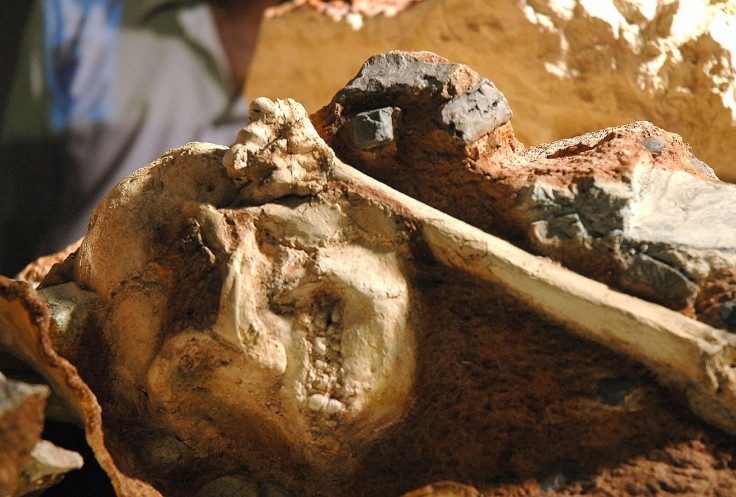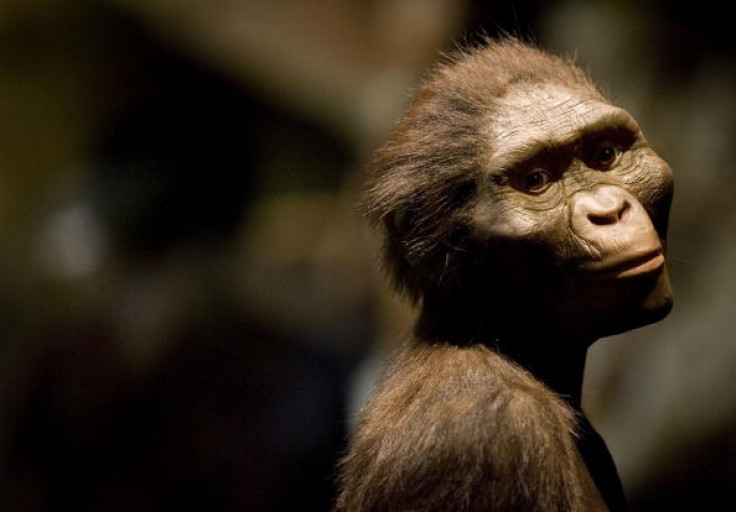Little foot: Oldest human ancestor skeleton recovered from South African cave

KEY POINTS
- The skeleton of Little Foot has been recovered after a 20 year excavation.
- She is believed to be the oldest complete skeleton of a human ancestor.
- Scientists believe she died after falling down a cave shaft 3.67m years ago.
The oldest complete skeleton of a human ancestor – Little Foot – has been unveiled after a painstaking 20 year excavation.
The bones belonged to a young female hominid, who is believed to have fallen down a cave shaft in South Africa some 3.67m years ago.
That makes Little Foot half a million years older than Lucy, a fellow Australopithecus, who was found in Ethiopia in 1974.
Little Foot was around 1.5m (4ft 9in) tall and is believed to have been around 30 when she died, based on her dental records.
The story of her discovery is as remarkable as the skeleton itself.
It began when English paleontologist Ron Clarke and his South African assistants discovered a small part of Little Foot's leg in the Sterkfontein Caves in Gauteng in 1997.
They thought it would be a matter of months until they had retrieved all her other bones but they couldn't have been more wrong: her remains were spread at different levels within the cave thanks to an ancient collapse in the rock.
For 20 years, the team scratched away at the rocks with tiny tools so as not to damage Little Foot. Eventually, on 6 December 2017, the entire skeleton went on display at Wits University Evolutionary Studies Institute.
"This is of course the culminating find of my career, in terms of the greatness of the specimen. But who knows, we may find even more complete skeletons in this cave," Clarke said, as reported by the Mail and Guardian.


"This was a rare occurrence, normally we're lucky if we find even part of a skeleton. The chances were remote. Normally when these animals died in the open, they were quickly consumed by scavengers."
The Australopithecus evolved around four million years ago and walked the Earth for two million years before becoming extinct. Their brains were approximately a third the size of our own. They walked upright and, like us, had longer legs than arms. Their hands are remarkably like our own, although it is a matter of debate whether they used tools.





